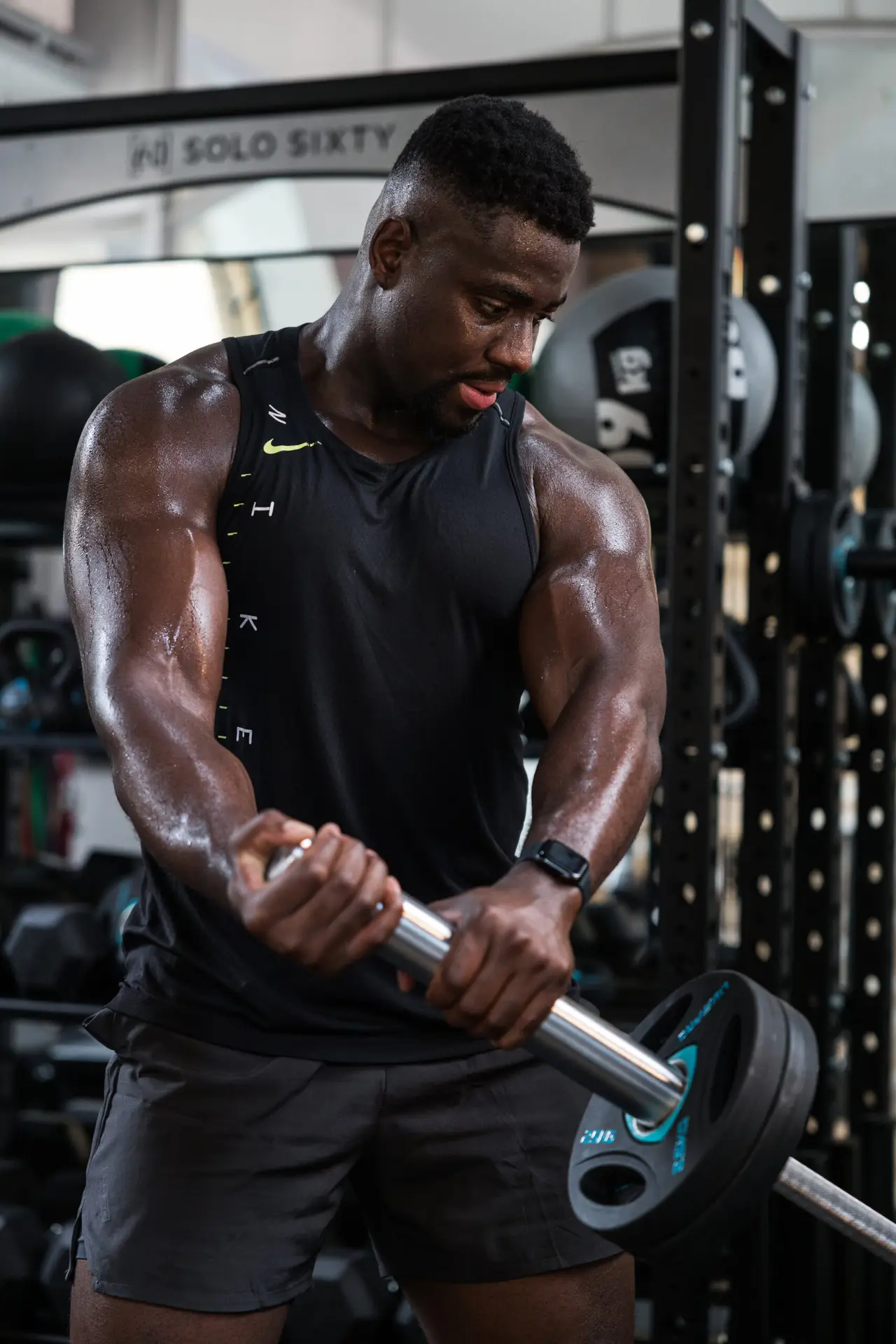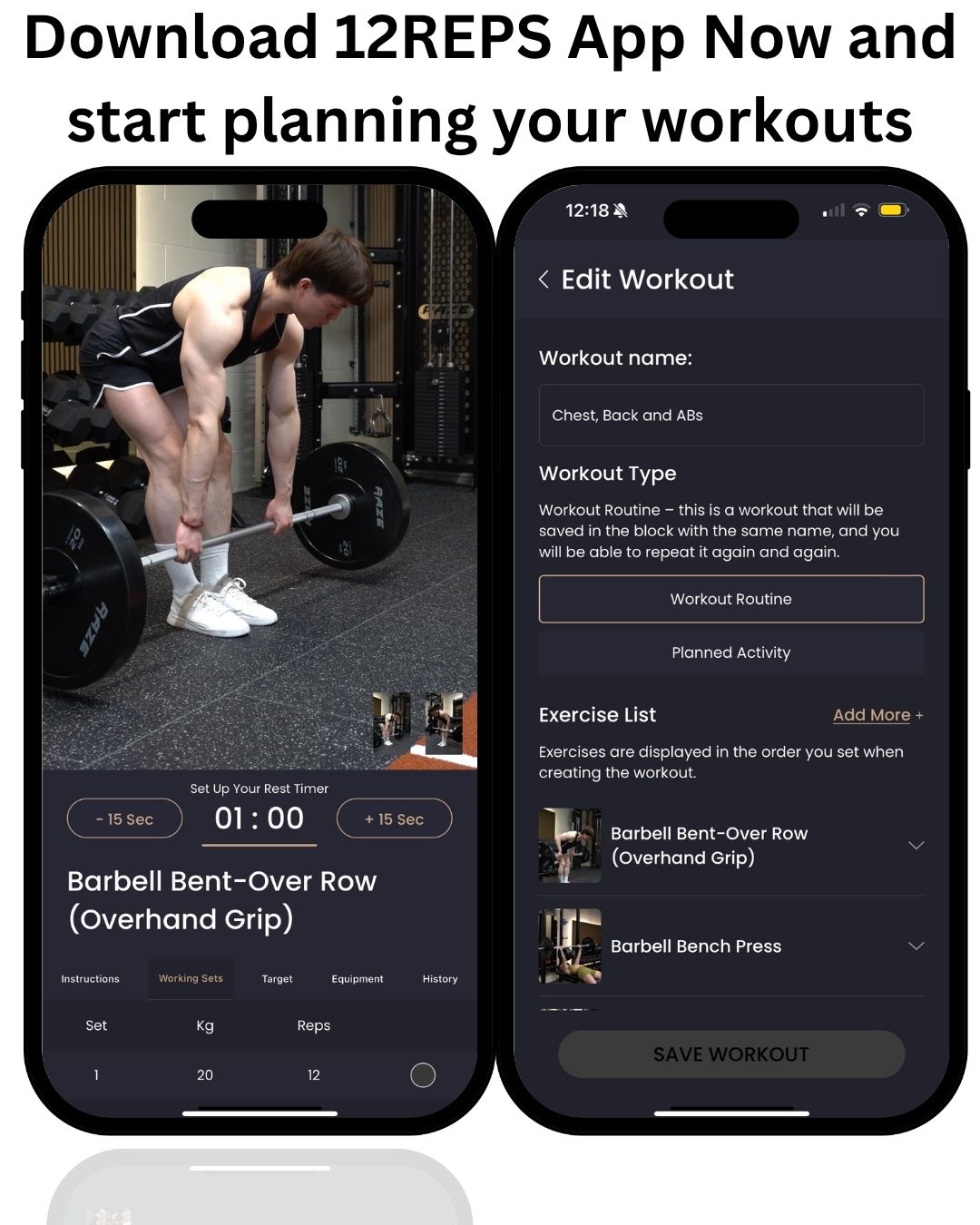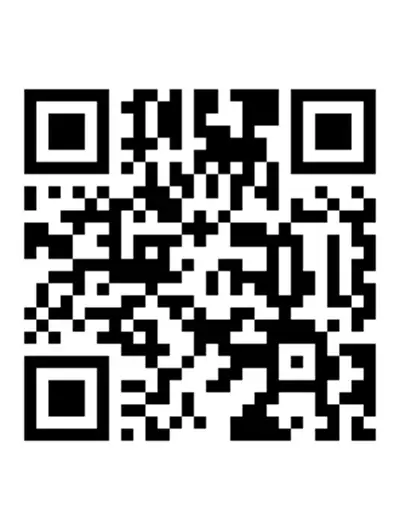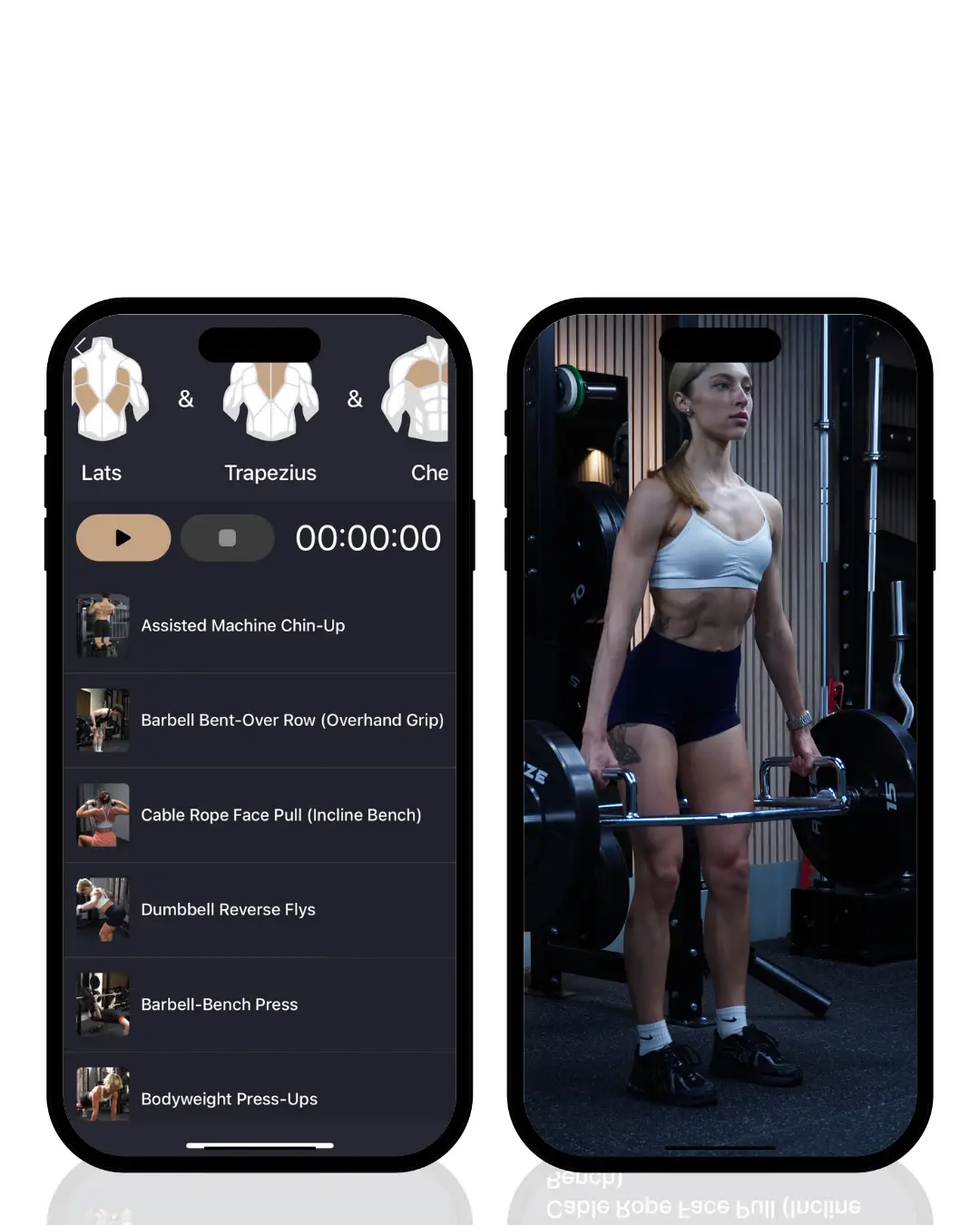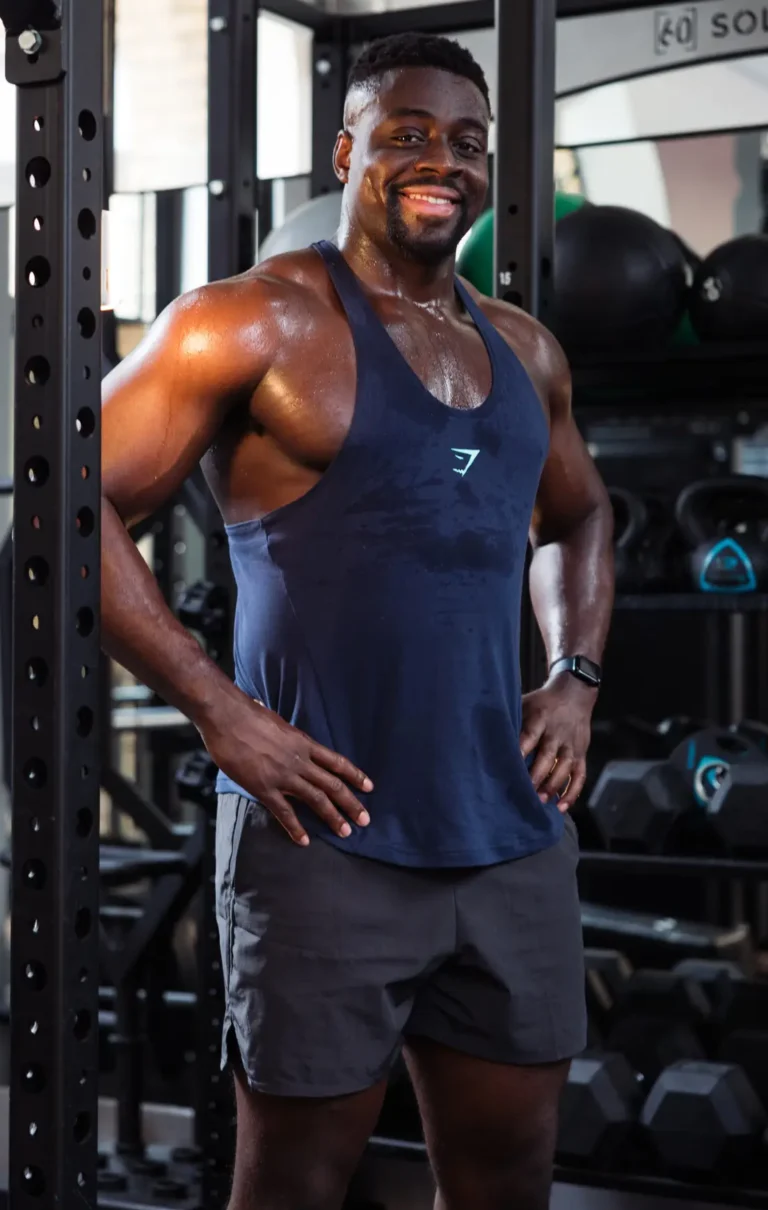
How Your Muscles Actually Grow
Let me start with the basics. Your muscles grow through three main ways. Think of them as three different paths to the same destination, bigger, stronger muscles.
Path 1: Mechanical Tension
This is the force your muscles create when they contract. When you lift a weight, your muscle fibers have to work hard to move it. This creates tension inside the muscle. The more tension, the stronger the growth signal.
Here’s the key point: 12 reps create the perfect amount of tension. It’s heavy enough to challenge your muscles but light enough to maintain good form. I’ve seen too many clients get injured trying to lift too heavy for low reps. With 12 reps, you get great tension without the injury risk.
Path 2: Metabolic Stress
This is the “burn” you feel during a tough set. When you do 12 reps, your muscles start to run out of oxygen. This creates a buildup of metabolites – basically waste products from muscle contractions.
Your body sees this stress and responds by making your muscles bigger and stronger. It’s like your muscles are saying, “We need to get bigger to handle this workload better next time.”
I love 12 reps for this because you get that perfect burn without going to failure every set. My clients can train hard but still recover for the next workout.
Path 3: Muscle Damage
Don’t worry, this is good damage. When you lift weights, you create tiny tears in your muscle fibers. Your body repairs these tears and makes the muscle bigger and stronger than before.
The 12-rep range creates just the right amount of muscle damage. Not too much that you can’t recover, but enough to trigger growth. I’ve found this is especially important for my older clients who need more recovery time.
The magic of 12 reps is that it hits all three pathways at once. You get good tension, the right amount of metabolic stress, and optimal muscle damage. It’s like getting three workouts in one.
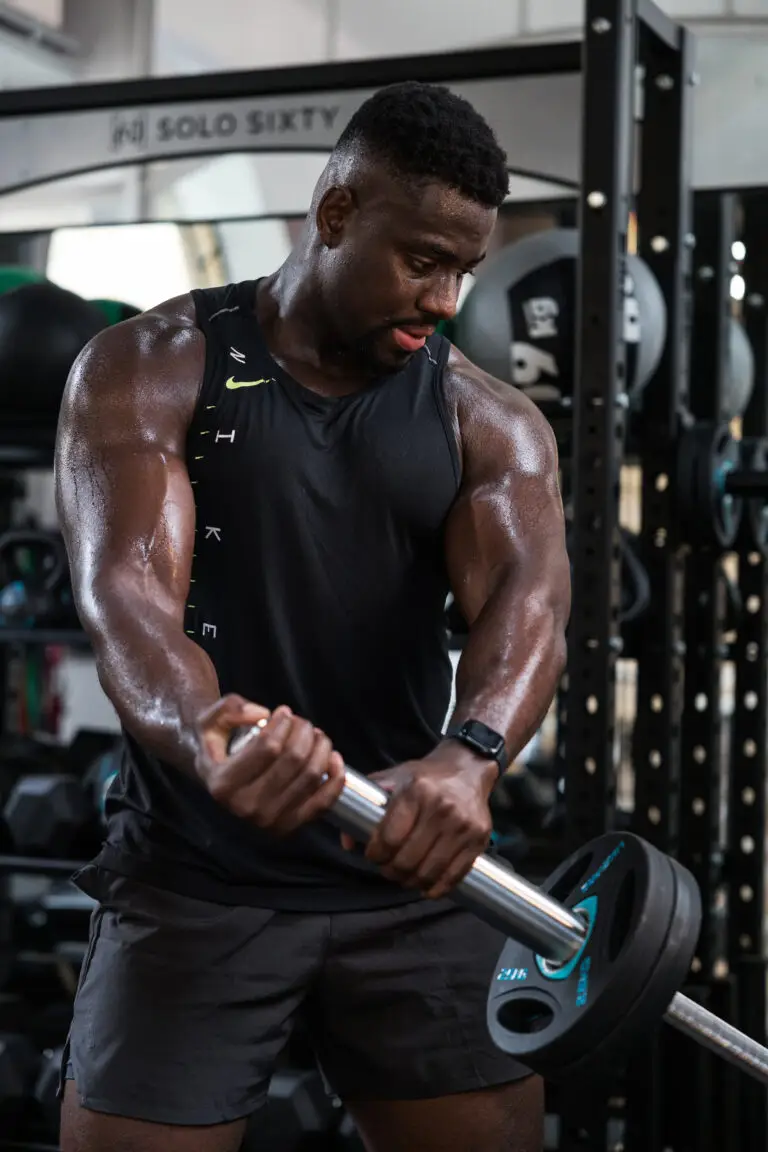
What the Research Actually Says
I don’t just rely on my experience, I always check what the science says. My degree taught me to look at the research, and the evidence for 12-rep training is rock solid.
The Schoenfeld Studies
Dr. Brad Schoenfeld is one of the top muscle growth researchers in the world. His studies have shown that the 8-15 rep range is optimal for muscle growth. 12 reps sits right in the middle of this range.
In one study, he compared different rep ranges for muscle growth. The moderate rep range (which includes 12 reps) came out on top for building muscle mass. The participants gained more muscle than those doing very low or very high reps.
Strength Gains Research
Some people think 12 reps won’t build strength. The research proves this wrong. Studies show that 12 reps build significant strength, especially for beginners and intermediate lifters.
Yes, very heavy lifting (1-5 reps) builds slightly more maximum strength. But 12 reps build strength that’s more useful in real life. My clients get stronger in a way that helps them with daily activities, not just one-rep maxes.
Volume and Recovery Studies
Research also shows that 12 reps allow for optimal training volume. You can do more total work without burning out. This means more muscle growth over time.
I’ve seen this with my own clients. Those who train in the 12-rep range can train more often and recover better. They make steady progress week after week.
Meta-Analysis Evidence
Meta-analyses look at multiple studies together. They give us the best picture of what really works. The meta-analyses on rep ranges consistently show that moderate reps (8-15) are best for muscle growth.
This isn’t just one study, it’s dozens of studies all pointing to the same conclusion: 12 reps work.

The Practical Benefits I See Every Day
The research is great, but what really matters is how it works in the real world. After 10 years of training people, here’s what I’ve observed with 12-rep training:
Perfect Balance of Intensity and Volume
12 reps hit the sweet spot. It’s challenging enough to stimulate growth but not so intense that you burn out. My clients can train consistently without getting overwhelmed.
I remember one client who came to me after trying a powerlifting program. He was constantly tired and kept getting minor injuries. We switched to 12-rep training, and within a month, he was making better progress and feeling great.
Safer Than Heavy Lifting
Let’s be honest, most people don’t have perfect form. When you’re lifting very heavy weights for low reps, small form mistakes can lead to big injuries. With 12 reps, the weight is more manageable.
I’ve trained everyone from teenagers to people in their 70s. The 12-rep range works for all of them because it’s inherently safer. You can focus on moving well instead of just moving heavy weights.
Better for Learning Movement Patterns
When you do 12 reps, you get more practice with each exercise. This is crucial for beginners who need to learn proper form. But even experienced lifters benefit from the extra practice.
Good movement patterns are the foundation of everything. 12 reps give you enough repetitions to really groove the movement without getting sloppy from fatigue.
Easier to Progress
Progression is key to long-term success. With 12 reps, you have multiple ways to progress:
– Add weight
– Add reps (go from 12 to 13, then 14, then back to 12 with more weight)
– Improve form and control
– Reduce rest periods
This flexibility keeps my clients progressing for months and years, not just weeks.
Works for All Fitness Levels
I’ve used 12-rep training with complete beginners and competitive athletes. It works for everyone because you can adjust the weight to match the person’s ability.
A beginner might do 12 reps with bodyweight squats. An advanced lifter might do 12 reps with heavy dumbbells. Same rep range, different challenge level.

How to Actually Do 12-Rep Training
Knowing the science is one thing. Putting it into practice is another. Here’s how I program 12-rep training for my clients:
Exercise Selection
Not all exercises work well for 12 reps. I focus on exercises that:
– Allow for smooth, controlled movement
– Don’t require maximum coordination
– Can be loaded progressively
– Are joint-friendly for higher volume
My go-to exercises include squats, deadlifts, bench press, rows, and overhead press. These compound movements give you the most bang for your buck.
Load Selection
For 12 reps, you want a weight that challenges you but allows good form throughout. I tell my clients to pick a weight where rep 10 starts to feel challenging, and reps 11-12 require real effort.
You shouldn’t be grinding out rep 12 like it’s a maximum lift. But you also shouldn’t feel like you could easily do 15-20 reps.
Rest Periods
I recommend 1-3 minutes of rest between sets for compound exercises. This gives your muscles enough time to recover for the next set while keeping the workout moving.
For isolation exercises, 1-2 minutes is usually enough. The key is to rest long enough to maintain good form and intensity.
Training Frequency
Most of my clients train each muscle group 2-3 times per week with 12-rep training. This frequency works well because the moderate intensity allows for good recovery.
You could train the same muscle every day with very light weights, or once a week with very heavy weights. But 2-3 times per week with 12 reps gives you the best of both worlds.
Progression Strategies
Start with a weight you can handle for 12 good reps. When you can do 15 reps with that weight, increase the load and drop back to 12 reps. This simple progression keeps you moving forward.
I also teach my clients to focus on form improvements. Can you control the weight better? Move more smoothly? These improvements matter just as much as adding weight.
12 Reps vs Other Rep Ranges
People always ask me about other rep ranges. Here’s my honest comparison based on 10 years of experience:
12 Reps vs Low Reps (1-5)
Low reps build maximum strength faster. If your only goal is to lift the heaviest weight possible, low reps are better.
But for most people, 12 reps is superior because:
– Much lower injury risk
– Builds plenty of strength for real life
– Better for muscle growth
– Easier to learn and maintain good form
I only recommend low-rep training for experienced lifters with specific strength goals.
12 Reps vs High Reps (15+)
High reps are great for muscular endurance and can be useful for beginners learning movement patterns.
But 12 reps beat high reps for:
– Muscle growth
– Strength development
– Time efficiency
– Progressive overload
High reps have their place, but 12 reps give you more results in less time.
12 Reps vs Medium-Low Reps (6-8)
This is the closest comparison. The 6-8 rep range is also excellent for muscle growth and strength.
I choose 12 reps over 6-8 reps because:
– Slightly better for muscle growth
– Lower injury risk
– Better for form development
– More forgiving for beginners
Both ranges work well, but 12 reps has a slight edge for most people.
Common Mistakes to Avoid
In my 10 years of training people, I’ve seen the same mistakes repeatedly. Here’s how to avoid them:
Mistake 1: Going Too Heavy
The biggest mistake is using too much weight. Your ego wants to lift heavy, but your muscles grow better with the right weight for 12 reps.
If you can’t complete 12 reps with good form, the weight is too heavy. Drop the weight and focus on quality reps.
Mistake 2: Going Too Light
On the flip side, some people use weights that are too light. If you can easily do 20+ reps, you’re not challenging your muscles enough.
The last 2-3 reps should require real effort. You should feel like you couldn’t do many more reps with good form.
Mistake 3: Rushing the Reps
12 reps should take about 30-40 seconds to complete. If you’re rushing through them in 15 seconds, you’re missing out on the benefits.
Control the weight on both the lifting and lowering phases. This maximises the time under tension and muscle growth stimulus.
Mistake 4: Inconsistent Progression
Some people stick with the same weight for months. Others try to add weight every workout. Both approaches limit your progress.
Aim to progress gradually and consistently. Small improvements over time lead to big results.

Why I Recommend the 12reps App
I’ve spent years learning how to program 12rep training effectively. It takes knowledge of exercise science, experience with different clients, and constant adjustments based on progress.
The 12Reps app takes all this complexity and makes it simple. It handles the programming, progression, and periodisation automatically. You just show up and follow the workout.
As a trainer, I appreciate how the app applies the science correctly. It’s not just random 12-rep workouts; it’s a systematic approach based on proven principles.
For my clients who want to train on their own, I recommend the app because it gives them the same quality programming they’d get from working with me directly.

Conclusion
After 10 years of training people and studying exercise science, I’m convinced that 12-rep training is the best approach for most people. The science supports it, and my real-world experience confirms it.
12 reps give you the perfect combination of muscle growth, strength development, and safety. It works for beginners and advanced lifters alike. Most importantly, it’s sustainable for long-term progress.
The three mechanisms of muscle growth, mechanical tension, metabolic stress, and muscle damage, are all optimised in the 12-rep range. You get maximum results with minimum risk.
If you’re tired of confusing rep range advice and want a simple, science-based approach, give 12-rep training a try. Your muscles will thank you for it.
Ready to put the science of 12-rep training into practice? Download the 12reps app today and start your evidence-based transformation journey. Join thousands of users who have discovered the power of scientifically-optimised 12-rep training.

